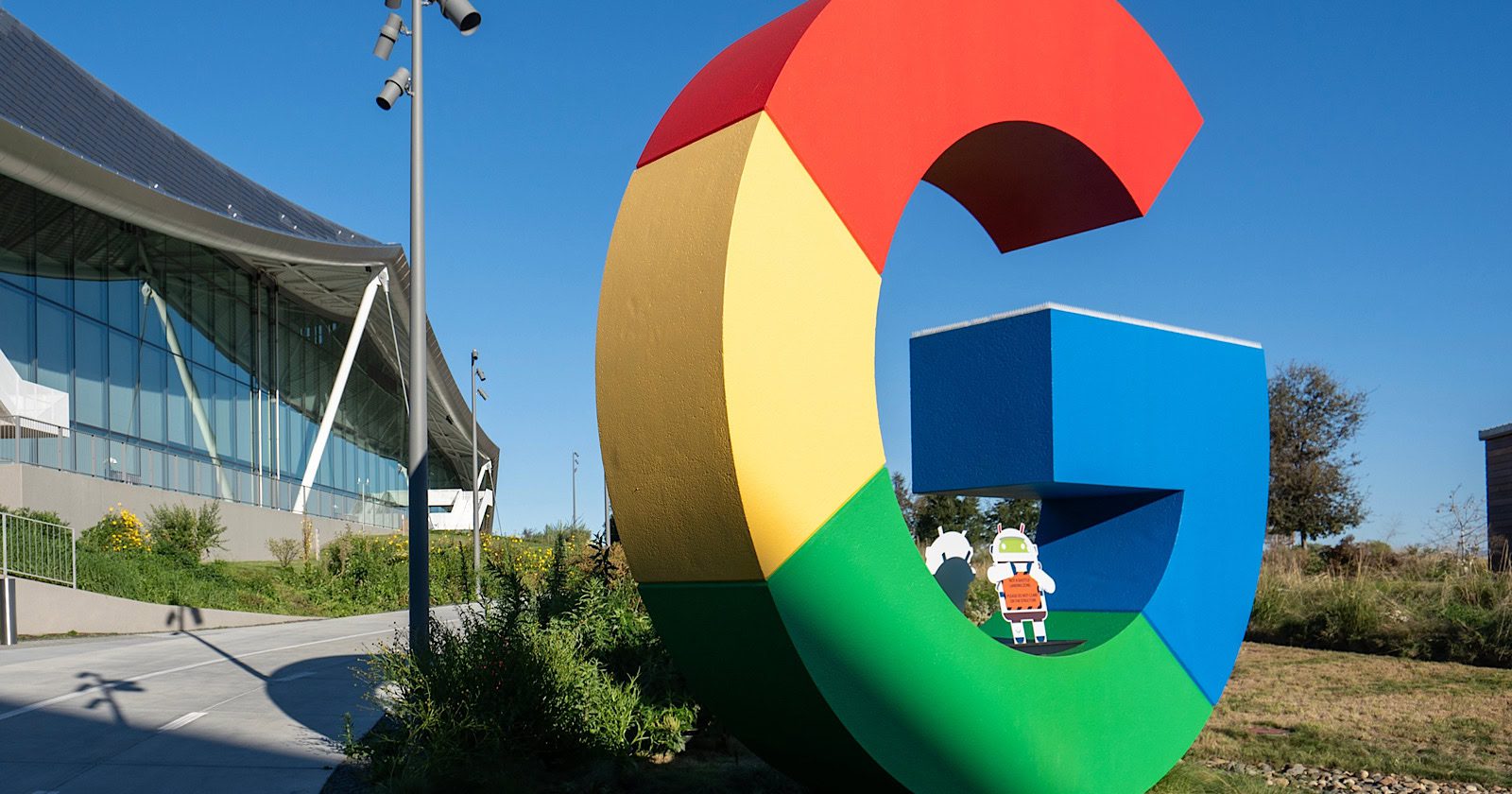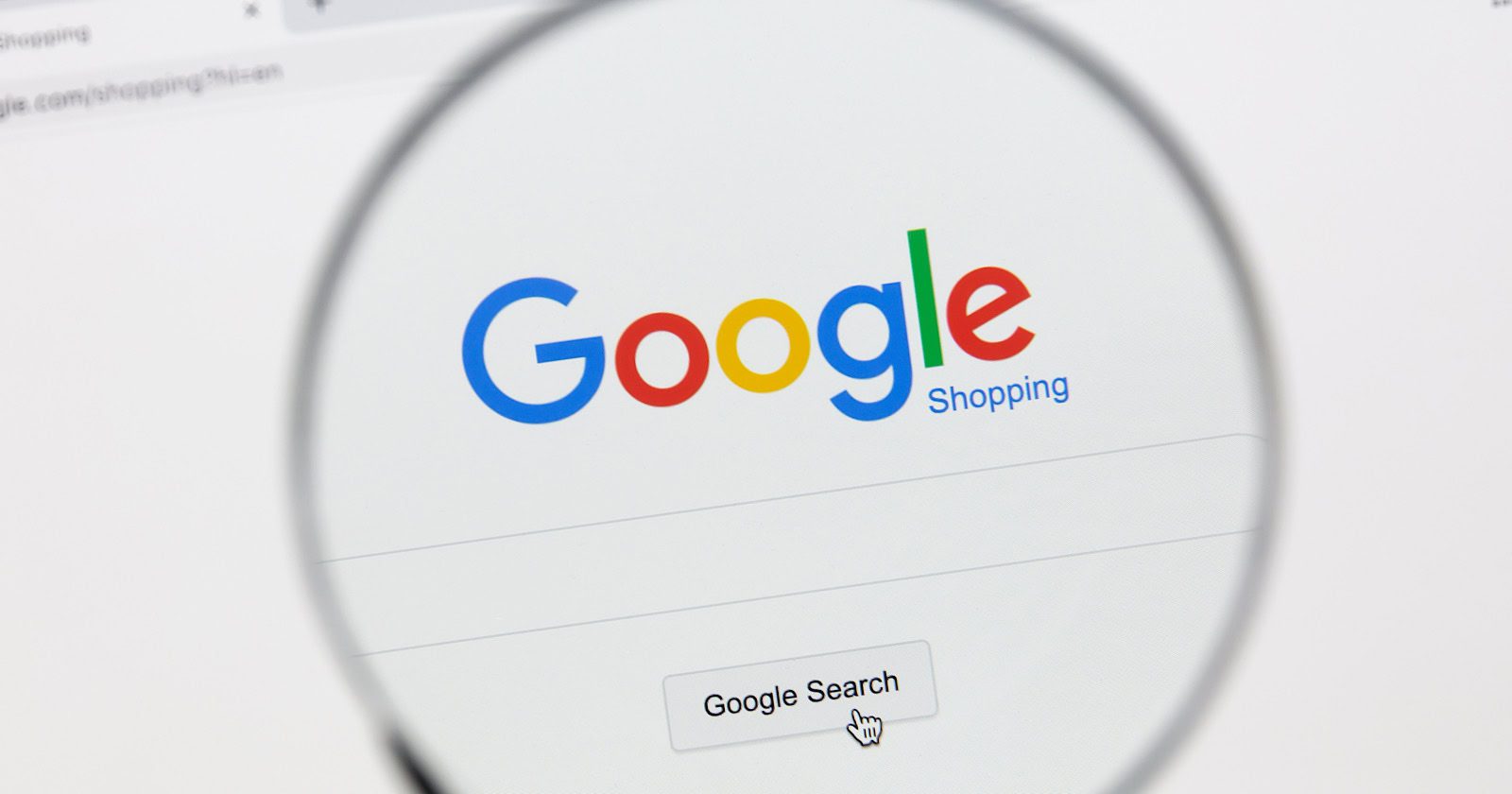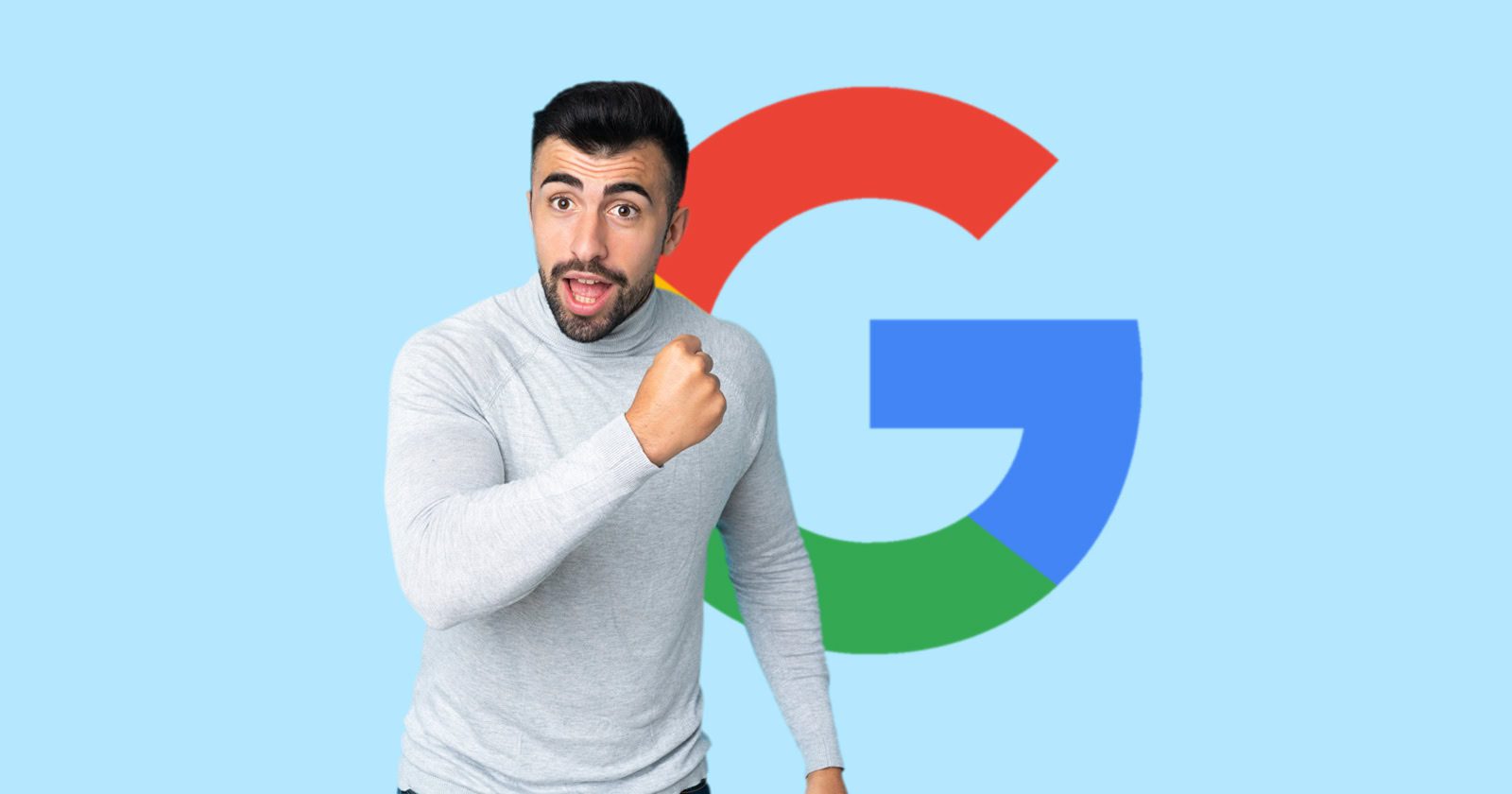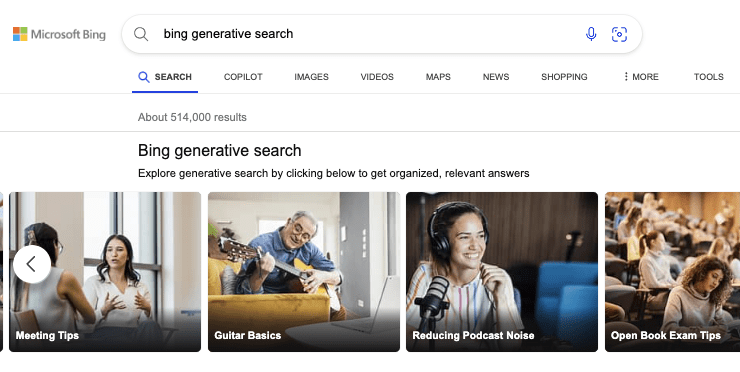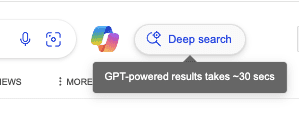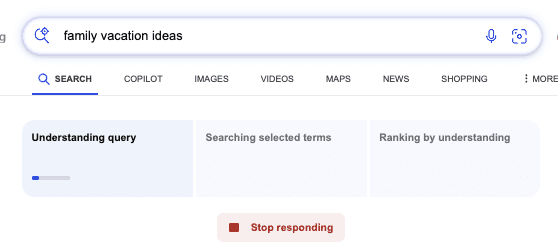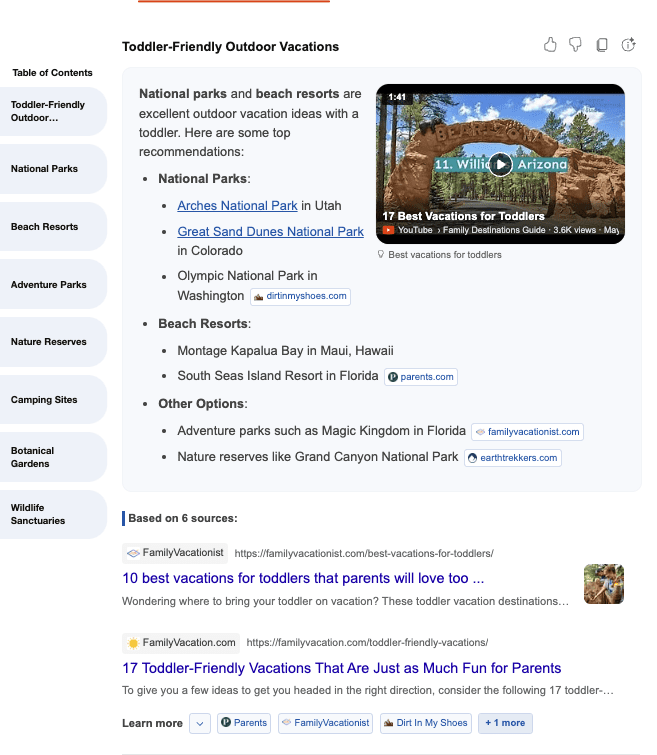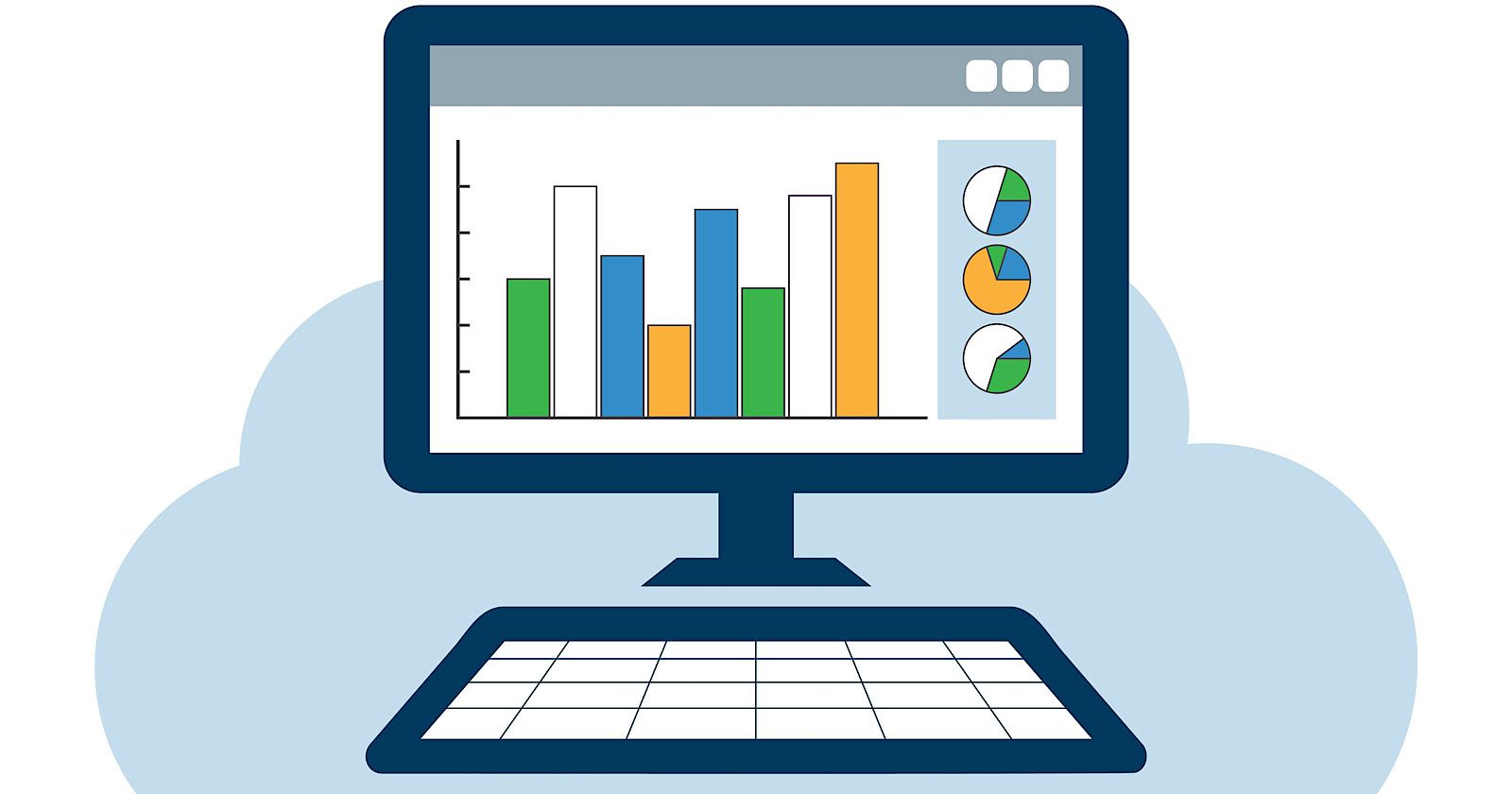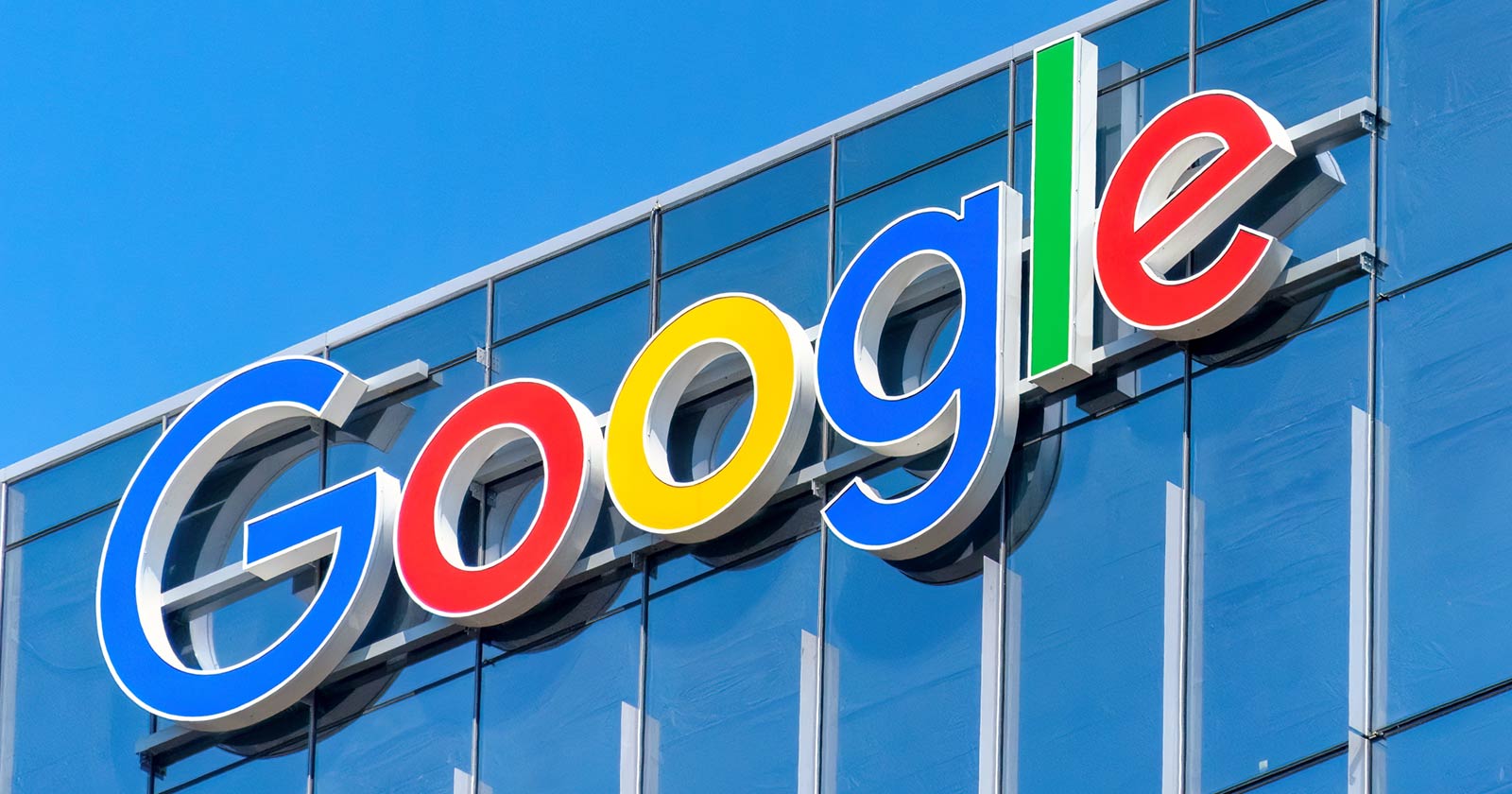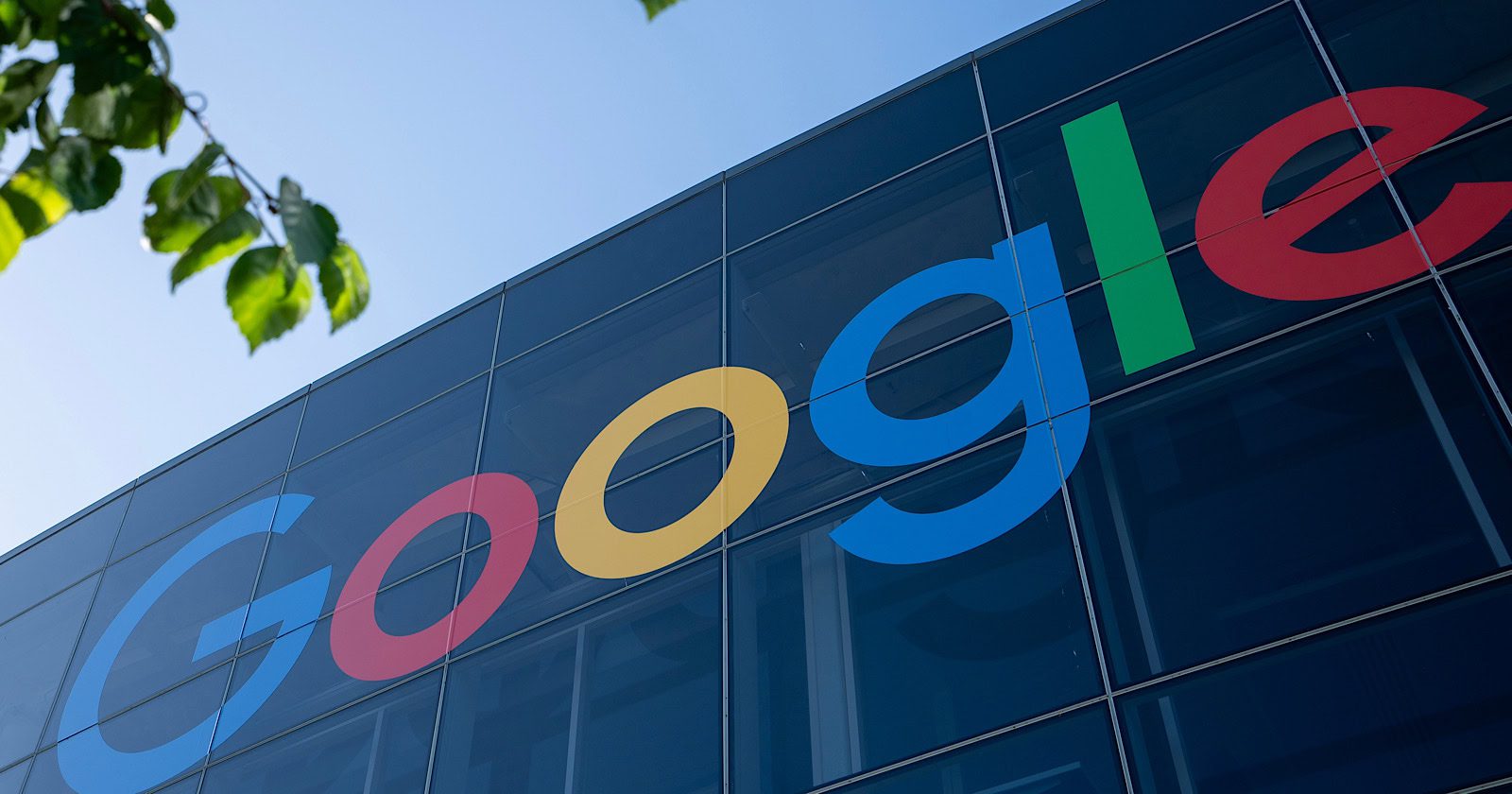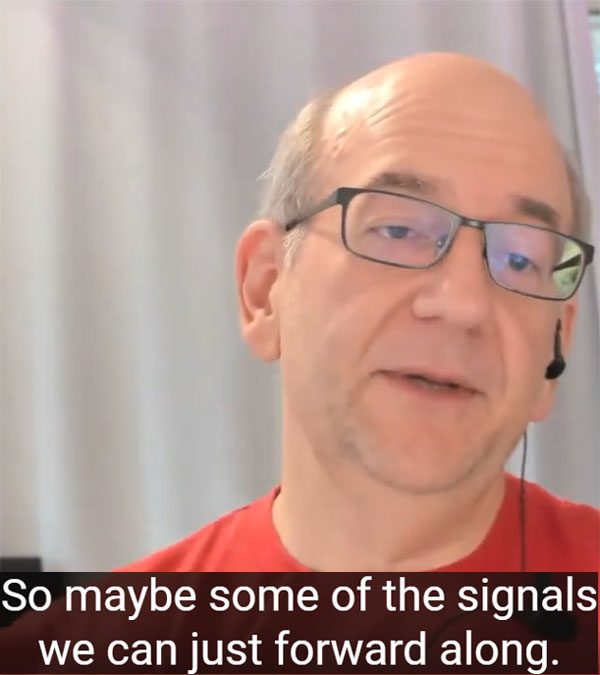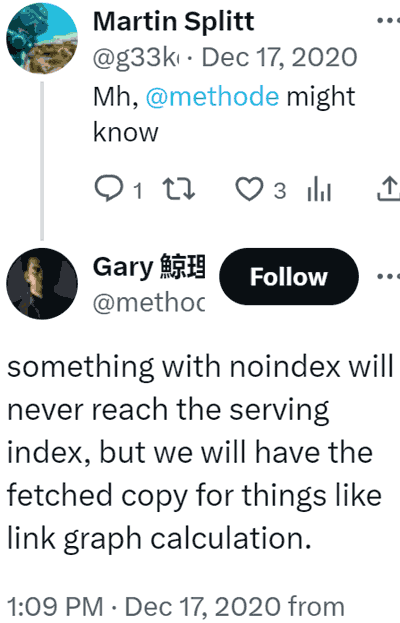New data from BrightEdge shows significant changes to Google AI Overviews, prioritizing topic-specific sites and a stronger focus on ecommerce ahead of the year-end shopping season.
Google Core Update And AIO
An interesting insight from the data is that there is more overlap between AIO and Google’s organic search results, that there is more agreement between the two results. Is AIO mirroring the organic search results or are the organic search results more closely aligned with AIO?
The organic search results themselves changed after the August 2024 core algorithm update and so did AIO. BrightEdge’s data offers evidence of how Google’s organic search results changed.
BrightEdge data shows:
- The overlap of URLs cited in AI Overviews with those ranking in the top 100 increased from 37% to 41% post-update.
- This is following Google’s August 15th Core Update.
- The shift indicates that AI Overviews are prioritizing organic results more than before, pulling from lower-ranked results to create comprehensive responses.
BrightEdge data shows that AIO is ranking lower-ranked web pages for more precise answers. Something else to consider is that both AIO and the organic search results changed and it could be the criteria for ranking changed in a similar way for both AIO and organic, that the algorithms for both are doing something similar.
A significant characteristic of the last update is that it is showing less of the big brand sites and more of the independent niche sites. BrightEdge data shows that AIO is also ranking websites that are more precisely about a topic.
Keep reading because there’s more about that in BrightEdge’s data which could offer insights into what’s going on in the organic SERPs.
BrightEdge Dataset
Research was conducted using the BrightEdge Data Cube X, an SEO and content performance platform for researching industries. |
Data Cube X Facilitates:
- Comprehensive Keyword Research
- Competitive Analysis:
- Automated AI-Powered Content and Keyword Research
- Traffic Fluctuation Analysis
Non-Logged-In AI Overviews
Google has rolled out AI Overviews (AIO) to users that are not logged-in to Google accounts, expanding the audience for AIO to a greater amount of people. But it’s not showing across all industries. The data shows that the integration of AIO varies.
Within the context of users who are not logged in, Ecommerce search results for not logged-in users dropped in AIO is less than logged-in users by a whopping 90%.
Users that are not logged-in didn’t see AIO in the following topics:
- Education: 21% relative decrease
- B2B Tech: 17% relative decrease
- Healthcare: 16% relative decrease
Although there’s a decrease in AIO shown to non-logged-in users for ecommerce queries, there is an increase in product grids that are shown to these users compared to logged-in users. BrightEdge speculates that Google is better able to target logged-in users and is thus showing product grids to them on a more precise basis than to non-logged-in users.
More Product Comparisons
BrightEdge’s data indicates that Google AIO is showing more product comparisons and visuals.
Their data shows:
- In August, product carousels for apparel-related queries increased by 172%.
- The use of unordered lists across industries rose by 42%.
These adjustments make AI Overviews more user-friendly by organizing complex product features and specifications for easier decision-making.
All of those features allow users to make comparisons between products by what the products look like as well as by price. A takeaway from this data is that it may be increasingly important to show original product images (if possible) and to make sure that images shown are high quality and allow users to get a good sense of the product.
Data is always important and it’s a good way to make a product listing or product review stand apart from competitors. Any information that makes improves a consumer’s decision making is valuable.
A good example is for clothing where it’s not enough to indicate that something is a size small, medium or large. Sizes are inconsistent from manufacturer to manufacturer and even within a brand’s own products. So, for clothing, it may be useful to add comparison information about actual sizes within a product line in terms of inches or metric measurement so that a consumer can make an even better choice.
Comparison between products, especially within the context of a product review, is important. One of the product review best practices (and maybe a ranking factor) that is recommended by Google is a comparison of the product being reviewed. Google’s product reviews best practices recommendation is that publishers compare a product to another product so that users can presumably make a better decision.
Google recommends:
- “Cover comparable things to consider, or explain which might be best for certain uses or circumstances.”
According to BrightEdge:
“As the holiday shopping season approaches Google is refining AIO search results to focus on comparative content, which rose by 12% in August. AIOs prioritized product carousels with engaging imagery, which rose by 172%. Unordered lists (lists of items that are related but in no specific order, such as general searches for ‘winter boots’ or ‘iPhone cases’) also increased by 42%.”
Google AIO Rankings Are More Precise
A data point that all search marketers should be aware of is that Google is ranking more precise content in AIO in a way that might reflect on what is going on with the organic search algorithms.
BrightEdge discovered that generalist sites had massive decreases in rankings while specialists sites had increases. People like to talk about “authority sites” and what they’re usually referring to is “big brands” with a lot of money and reach. But that’s not authority, it’s just a big brand with reach.
For example, most people consider news organizations as authority sites. But who would you go to for SEO information, Search Engine Journal or big sites like the New York Times or Fox News? What the BrightEdge data shows is that AIO is making a similar consideration of what kinds of sites are actual authorities on a given topic and then showing those sites instead of a big brand site.
The obvious question is, does this have something to do with Google’s last core update in August? One of the goals of Google’s last update is to show more independent sites. If the AIO trends mirror the organic search results to a certain extent, then perhaps what Google’s algorithms are doing is identifying sites that are authoritative in a topic and showing those sites instead of a more general big brand site.
BrightEdge’s data shows that AIO rankings of generalist technology review sites dropped. TechRadar.com dropped by 47.3 and TomsGuide.com dropped by 16.4%. This trend was also seen in health related queries where the kinds of sites that AIO quotes also became more precise.
AIO showed less consumer-focused sites and blogs and began showing more sites that are precisely about health. The BrightEdge data showed that consumer news and general sites like VerywellHealth.com experienced 77.9% drop in AIO exposure and EverydayHealth.com virtually dropped out of AIO with a 95.6% decline.
Sites like MayoClinic.org experienced a 32.4% increase and citations of the U.S. Department of Health & Human Services AIO increased by +83.2%. It’s not just a trend away from consumer and general news sites, it’s a trend toward more precise rankings of expert and authoritative content.
BrightEdge noted that the following precisely-focused sites experienced increases:
- Spine-Health.com +266.7%
- Arthritis.org +89.5%
- BrightEdge’s report observes:
“This demonstrates Google’s push toward more detailed, factual content in AI Overviews.”
AIO And Organic SERPs
Google has significantly increased the use of product carousels for apparel-related queries, reflecting a 172% rise. These carousels and grids allow for easier product comparisons based on visuals, pricing, and features.
AI Overviews and Google’s organic search results have more overlap than before. The reason for that may reflect a change to prioritize increasingly precise answers from sites that are authoritative for specific topics. Niche sites have gained prominence in both organic and AI Overviews while large more general sites have lost visibility.AI Overviews continues to evolve but the changes from last month indicate that there is a certain amount of agreement between what’s in the SERPs and AIO.
Read more about AI Overviews data at BrightEdge
Featured Image by Shutterstock/BobNoah
